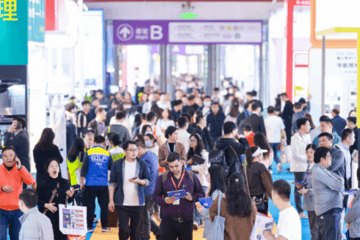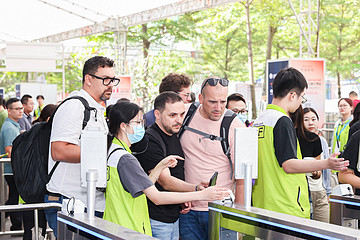Special Lamp
Machines & Processing
Design
Smart Home
Special Lamp
Machines & Processing
Design
Smart Home
Light is a multisensory phenomenon. Before electric illumination, light was palpable. Its material origins were evident: a wick in candle wax, oil in a lamp, or a log in the fireplace. With electricity, light assumed a more abstract and remote quality. After the mass production and distribution of incandescent and fluorescent fixtures, light could be deployed homogeneously. Point-sources transformed into fields, and spaces were lit with a regular distribution of lumens. Light switches furthered this detachment by enabling the remote control of light; no longer did a person require direct contact with the source.
But new technologies are making light tangible again, without the limitations of candlelight. Building occupants desire a greater level of control over their environments, and an enhanced appreciation for daylighting has brought about greater responsiveness in electric illumination. Designers are increasingly inspired by the affordability, mobility, smart functionality, and wireless capability of new technologies, not to mention alternative sources like phosphorescence. The trend to create a more direct and more personal lighting experience is reflected in products that are more integrated, interactive, immersive, and lifelike.
Light is no longer perceived as functionally discrete, meaning that a dedicated device must be used for illumination. Rather, light has expanded beyond fixtures and can be provided by furniture, walls, paving, or foliage. Interactivity need not be limited to a simple switch but can include sophisticated response mechanisms that react to a user’s physical presence and touch. Immersion is a trend enhanced by new capabilities in spatial light tuning and volumetric projection that deliver a more corporeal illumination experience.



Working Days 8:30am-5:30pm(GTM+8)
Discover the latest trends of lighting industry
 Copyright © 2025 Jiagle.com Shanghai Sinoexpo Informa Markets International Exhibition Co., Ltd. All Rights
Reserved
Copyright © 2025 Jiagle.com Shanghai Sinoexpo Informa Markets International Exhibition Co., Ltd. All Rights
Reserved 沪公网安备 31010402000543号
沪ICP备05034851号-77
沪公网安备 31010402000543号
沪ICP备05034851号-77